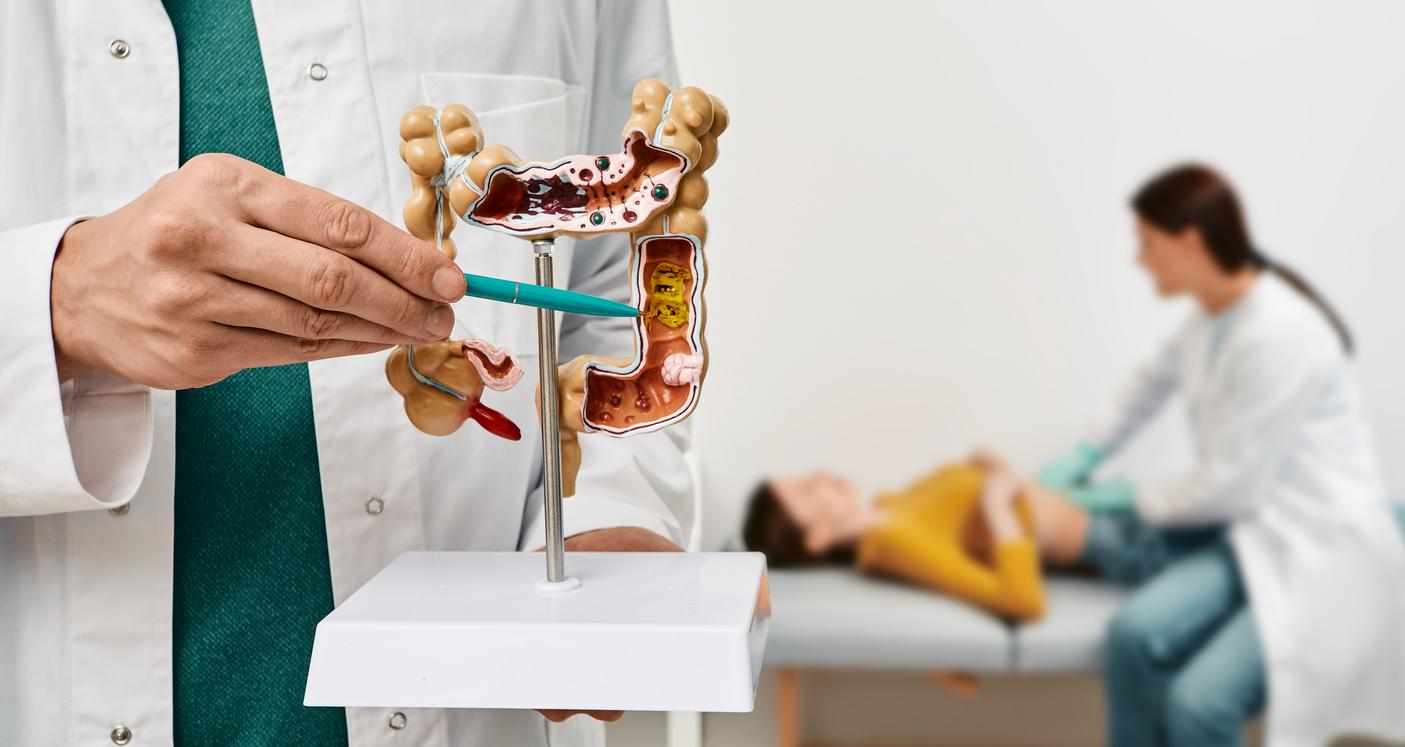A new technique called “thermoablation” can reduce the volume of a thyroid nodule by 90% without surgery.

- Very common, thyroid nodules are in the vast majority of cases benign but can hinder breathing and swallowing.
- The Brest CHP has announced that it can now treat thyroid nodules using thermoablation, which avoids surgery and the need for heavy drug treatments.
- Thermoablation is a non-surgical, minimally invasive technique.
In a press release, the Brest CHP announced that it could now treat thyroid nodules using thermoablation, which avoids surgery and the implementation of heavy drug treatments.
“After 10 years of study, this technique is part of the new national recommendations of the learned society of endocrinology and is accessible within the CHP Brest”, can be read in the document sent to the editorial offices.
Very common, thyroid nodules are in the vast majority of cases benign but can hinder breathing and swallowing.
What is thermoablation?
Thermoablation is a non-surgical and minimally invasive technique. Performed on an outpatient basis under local anesthesia combined with light sedation, it consists of inserting an electrode connected to a radiofrequency or microwave generator into the heart of the nodule. The needle will then emit heat (over 70°C) thus allowing localized and controlled treatment. Finally, the nodule is treated using the technique of “moving shot” which consists of compartmentalizing it into several units treated separately.
What are the benefits of thermoablation?
Thermoablation has several significant advantages:
– it is a non-surgical alternative, so the risk of complications is significantly lower.
– This technique is performed on an outpatient basis, allowing patients to quickly resume their normal activities.
– It is less invasive and avoids scarring, since it does not require an incision.
– It is a conservative treatment for the thyroid, so it allows you to avoid taking a lifelong background treatment (Levothyroxine, Editor’s note).
– The precision of thermoablation allows the protection of surrounding healthy tissues.
What are the limits of thermoablation?
Despite the recommendations of learned societies, thermoablation is not currently reimbursed by Health Insurance. “A file is currently being examined and we hope that it will receive a favorable opinion to guarantee the accessibility of the treatment to all eligible patients,” indicates the CHP Brest.
How to benefit from thermoablation at CHP Brest?
Next September, under the aegis of AFTHY (Association Francophone de THYroïdologie), a national multidisciplinary consultation meeting will be organized monthly in order to be able to discuss each case and assess the eligibility of patients for this technique.
“Consultations were opened at the end of last year by the endocrinology team of the CHP Brest and the first procedures were carried out at the beginning of the year”, indicates to finish the hospital.
















